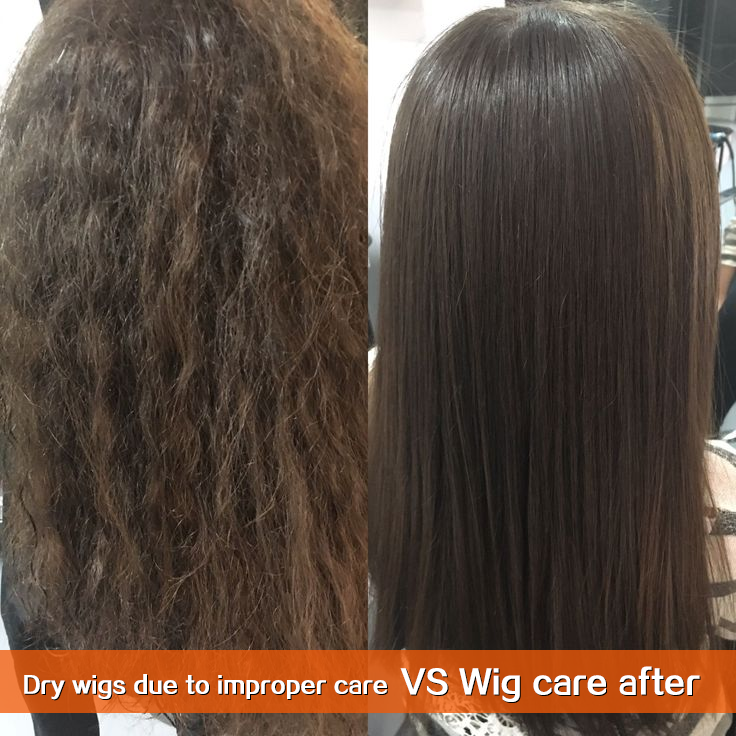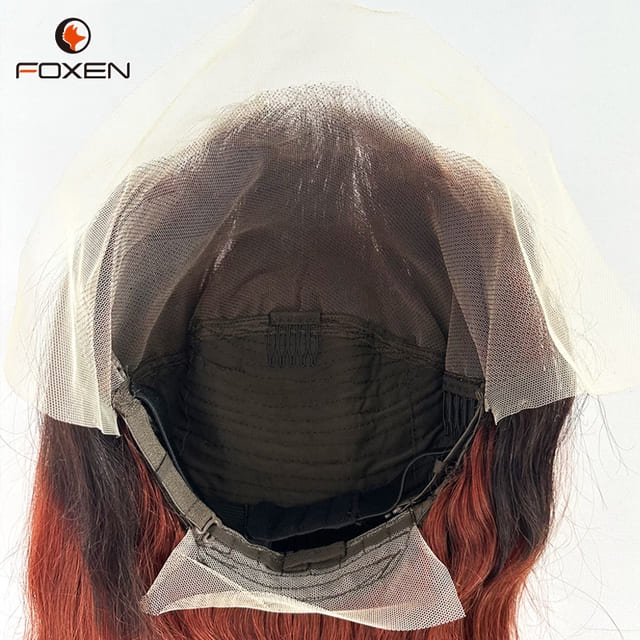Understanding the Durability of Your Investment
Many prospective and currentwigwearers often wonder, How Long DoHuman Hair WigsLast? Care Tips to Extend Lifespan are crucial because the longevity of a human hairwigisn't set in stone; it's a testament to the quality of thewigand, more importantly, the diligence of your care routine. While syntheticwigshave their place,human hair wigsoffer unparalleled naturalness and styling versatility, making them a cherished investment. With the right approach, you can ensureyour wigremains a beautiful and integral part of your style for an impressive duration, far exceeding what you might expect if neglect becomes the norm. Understanding these factors empowers you to maximize the life of your chosen hairpiece.
Key Factors InfluencingWigLifespan
Several elements contribute to how longyour human hair wigwill maintain its allure. The most significant factor is the quality of the hair itself. For instance,Remy human hair wigsare renowned for their durability. InRemy hair, the cuticles are kept intact and aligned in one direction, significantly reducing tangling and matting, which in turn extends thewig'slife. Another critical factor is the construction of the wig cap – whether it's hand-tied, lace front, or machine-wefted can influence its resilience. Frequency of wear also plays a major role; a wig worn daily will naturally experience more wear and tear than one reserved for special occasions. Finally, your maintenance routine, or lack thereof, will heavily impact its lifespan. Exposure to harsh weather, improper washing techniques, and excessive heat styling can all take a toll, making thosehuman hair wig care tipsall the more vital.
Mastering Essential Human HairWigCare Tips
To truly extend the life ofyour wig, adopting meticulous human hairwig care tipsis non-negotiable. Begin with gentle washing: use sulfate-free shampoos and conditioners specifically formulated for treated hair.Wash your wigon a mannequin head to maintain its shape, and use cool to lukewarm water, never hot. Avoid vigorous scrubbing; instead, gently distribute the product from roots to ends. Conditioning is equally important – consider a deep conditioning treatment every few washes to restore moisture and shine. When it comes to detangling, always use a wide-tooth comb, starting from the ends and working your way up to the roots to prevent breakage. Pat thewiggently with a towel to remove excess water and always allow it to air dry on awigstand. If you must use heat styling tools, apply a quality heat protectant spray and use the lowest effective temperature settings.
Proper Storage and Daily Handling for Longevity
Beyond washing and styling, how you store and handle yourwigdaily significantly affects its lifespan. When not in use, yourhuman hair wigshould be stored on awigstand or mannequin head to help maintain its shape and prevent tangles. If a stand isn't available, carefully fold it and place it in its original box or a silk or satin bag. Avoid tossing it into a drawer where it can become tangled or misshapen. Gentle handling during application and removal is also key. Don't pull or tug aggressively on the lace or hair fibers. Investing inhigh-quality human hair wigsfor durability also means you're likely starting with a product that can better withstand daily wear, but even thebest wigsneed gentle care.
Recognizing When It's Time: How Often to ReplaceHuman Hair Wigs
Despite the best care, all wigs eventually reach the end of their lifespan. Knowing how often to replace humanhair wigsdepends on the factors previously mentioned – quality, wear, and maintenance. Typically, a well-cared-forhuman hair wigworn regularly can last from one to three years, sometimes even longer. Signs thatyour wigmay need replacing include excessive shedding that doesn't improve with care, persistent dryness or frizziness that treatments can no longer tame, irreparable tangling, or a noticeable loss of its original volume and luster. If the cap becomes stretched or damaged, that's also a clear indicator. While these are guidelines, your personal experience and thewig'scondition are the best judges.
Giving YourWiga Second Chance: How to Revive OldHuman Hair Wigs
Before completely giving up on awigthat's starting to show its age, you might explore options for how to revive old humanhair wigs. A deep conditioning treatment left on for an extended period or a steam treatment can sometimes restore moisture and softness. Forwigsthat have become dull, a clarifying wash followed by a gloss treatment might bring back some shine. If the ends are particularly frayed or damaged, a professional stylist might be able to trim them, giving thewiga fresher look. While these revival techniques won't make an oldwignew again, they can often extend its wearability for a bit longer, especially if you're not quite ready to invest in a replacement. Remember,Remy human hair wigsoften respond better to these revival attempts due to their initial quality.
The Smart Choice: Investing in High-Quality Human Hair Wigs for Durability
Ultimately, the pursuit of a long-lasting wig starts with your initial purchase. Opting for high-quality humanhair wigsfor durability is a wise decision that pays dividends in the long run. While they may have a higher upfront cost, superior materials and craftsmanship mean they are built to withstand more wear and maintain their beauty for longer, provided you adhere to those crucial humanhair wigcare tips. This investment translates to fewer replacements over time and a more consistently flawless look. Consider it an investment in your confidence and style. The enduring quality will make your efforts in maintenance feel even more worthwhile, allowing you to enjoy the natural beauty and versatility of yourwigfor years to come. Embracing these practices will answer the question 'How Long DoHuman Hair WigsLast?Care Tipsto Extend Lifespan' with a satisfyingly long timeframe.







